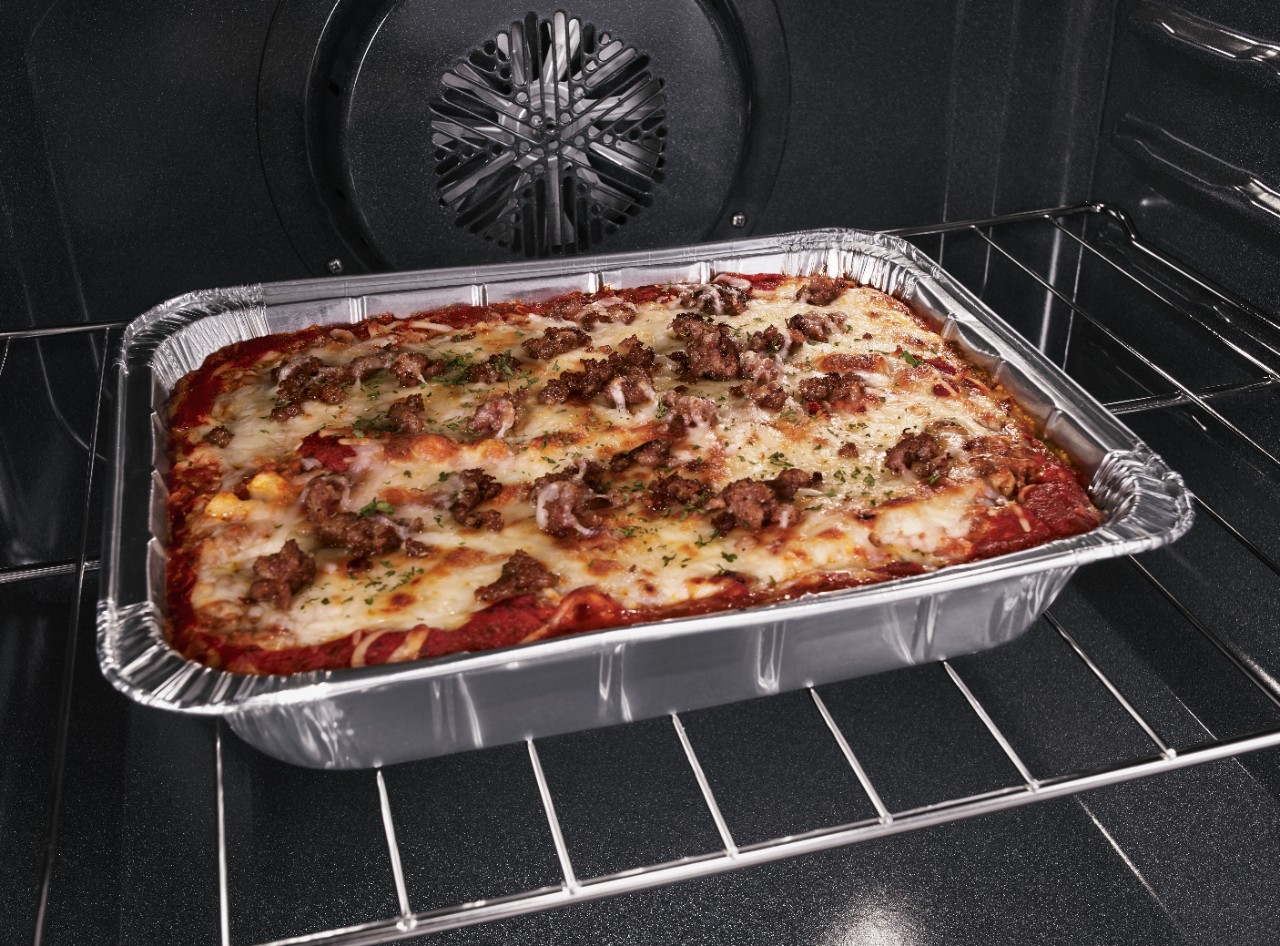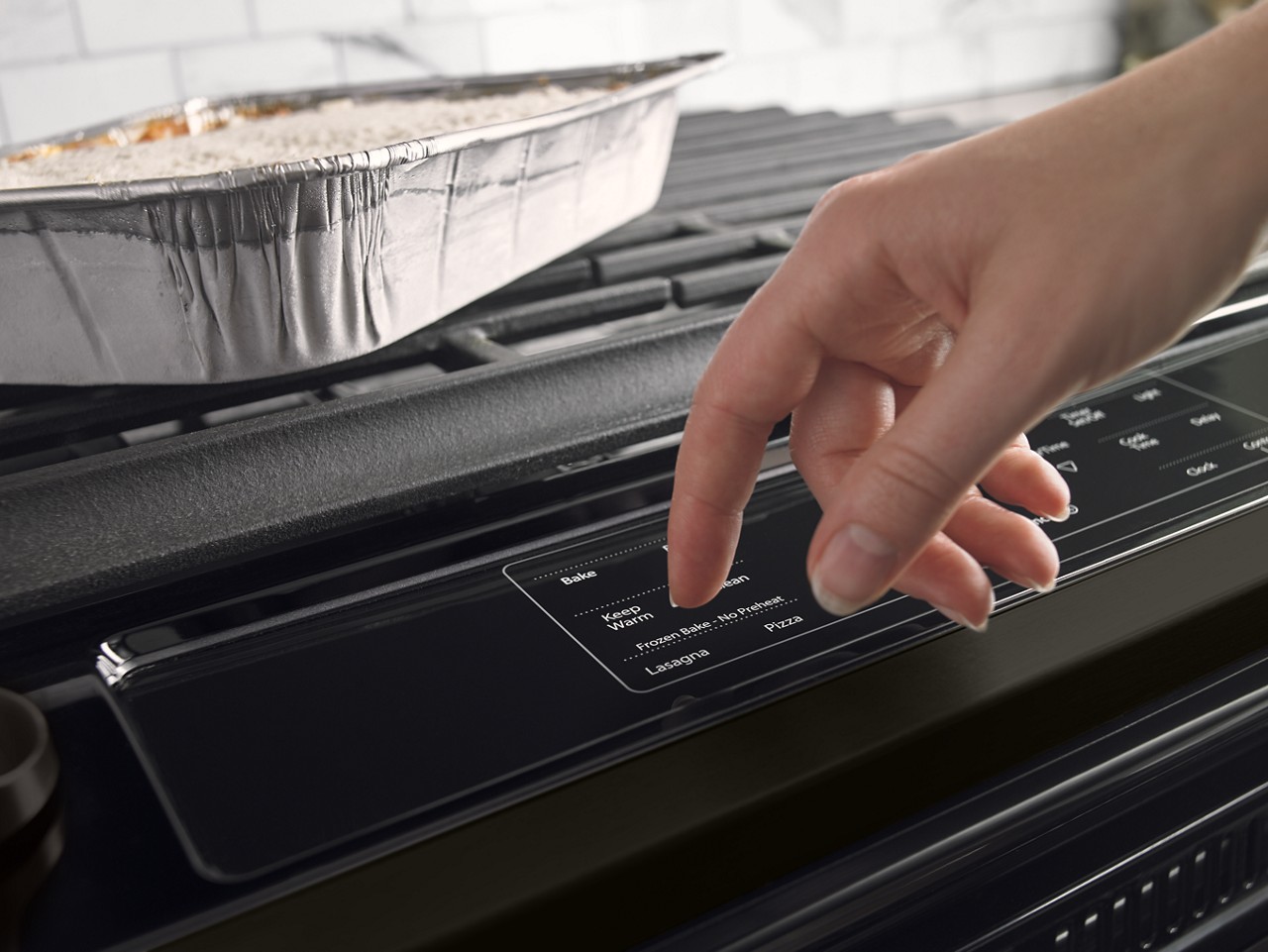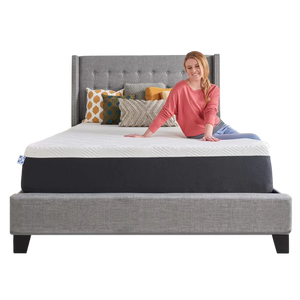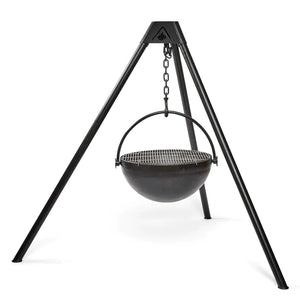Can you put aluminum foil in the oven?

On its face, it seems like a strange question. After all, many recipes recommend covering or wrapping your food in aluminum foil while it cooks. However, while aluminum foil is a versatile kitchen essential, it’s not suitable for every application. If you’re using aluminum foil as an oven liner, it could cause more harm than good.
When can I use aluminum foil in the oven?
If you’re lining baking sheets, wrapping up food or covering it up to retain moisture, then aluminum foil is the way to go. It’s versatile and resistant to heat, making it a great option for cooking and baking. But when it comes to protecting your oven from spills, it’s best to keep your foil in the box. While people may recommend using aluminum foil in the oven along the bottom or the racks, doing so can actually have serious consequences. That’s because while foil is heat resistant, it isn’t completely heat-proof. Using high heat with aluminum foil in the oven bottom could cause the foil to melt, permanently damaging your appliance. Using aluminum foil as an oven liner can also cause the following issues:

-
Using foil on oven racks can disrupt heat distribution in the oven and interfere with optimal cooking results.
-
Covering up vent openings in the bottom of the oven can lead to insufficient air flow, heat distribution and issues with performance.
-
Heat reflecting off aluminum foil can overcook foods or damage your oven’s heating elements.
-
Lining your gas oven with aluminum foil can block heat, air flow, and produce less than optimal cooking results.
-
Aluminium foil can cause scratching of the oven's enamel surfaces, and can also melt when contacting hot surfaces or elements, potentially causing cosmetic or permanent functional damage to elements or surfaces.
What should I use instead of aluminum as an oven liner?
If you can’t use aluminum foil in the bottom of your oven, what should you use instead? If you want to avoid cleaning up caked-on drips and spills, there are a few things you can do:
-
Put an empty baking dish on the rack below the food you are cooking. It will catch drips and make clean-up easier.
-
Use a silicone oven liner on your cooking racks. These heat-resistant, non-reflective accessories will help you keep your oven clean without interfering with cook times. Be aware that oven liners are only suitable for electric or convection ovens and should never be placed on the bottom of the oven. You should not use oven liners in gas, microwave or countertop ovens.
-
If you’re looking for alternatives to using aluminum foil on baking sheets, consider parchment paper. It is non-reflective and won’t scratch non-stick surfaces.
-
Before using parchment paper, it is important to review the manufacturer’s recommendation for max parchment bake temperatures. Generally speaking, parchment paper should never touch the sides of your oven or be used for intense radiant cooking functions over 450 degrees (i.e. broiling). Additionally, do not use parchment paper in gas ovens with an exposed flame.
If you’ve used aluminum foil in your oven in the past, you may want to make sure it didn’t affect the heating elements. Take some time to calibrate your oven, and schedule service if you think something is amiss.


















